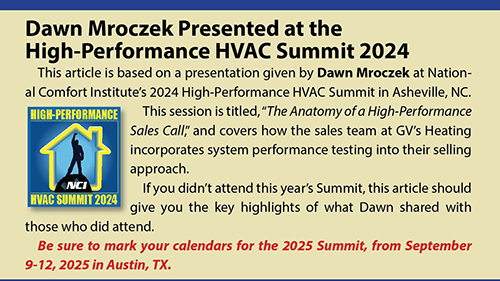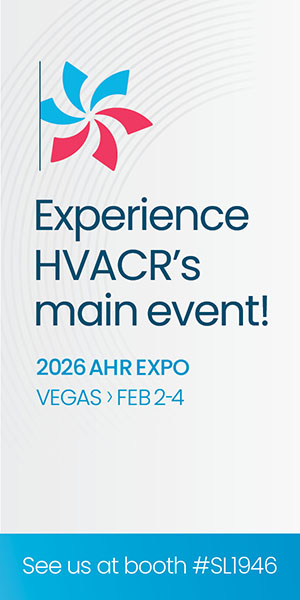Again, this is part of our customer education process. Once they finish testing, the techs can offer homeowners options and never push them to buy anything.
Technician Interview Questions
Once on the job site, our techs are trained to ask questions to help them better understand the customer’s pain points. These include:
- If you put the thermostat anywhere in your home, where would you put it?
- Who in your home suffers from allergies?
- How long has the problem been happening?
- Has anything changed?
- How long have you lived in your home?
- Over that time, what repairs to your HVAC system have been done?
Based on the customers’ answers, technicians know better where to focus their efforts. However, they are also trained to use their eyes – to look for things that can be telltale signs of other issues.
The tech has to be aware of the surroundings, be mindful of the customer’s issues, and know how to interpret the test results.
Once done, we can produce a proposal that provides options to help customers make the right purchase decision for themselves.
The Proposals
Our proposals include the following information:

- Identify each problem discovered
- Set the status of the problem as to whether it has been addressed or not
- Any remarks, which include test results and any actions they took then and there, are also included.
We number each problem. We also include images corresponding to each number so the customer can see what the tech describes.
Additionally, we include images of our ComfortMaxx™ Air reports that detail our findings and explain proposed solutions. Each solution is detailed and priced out so the customer can see their options and how much each one costs.
The Hand-off
Once the customer decides what they want to do, then the job gets organized. The comfort specialists get together with the installation team and walk them through the entire job.
Depending on the scope of the job, that walk-through may require an in-office meeting and/or a job site visit.
Then, we order all the equipment and materials based on the project schedule and deliver them to our warehouse in the assigned installer’s bay lane.
On the scheduled day, the installers perform airflow measurements on the existing system before the work begins.
Click Below for the Next Page:













Recent Comments